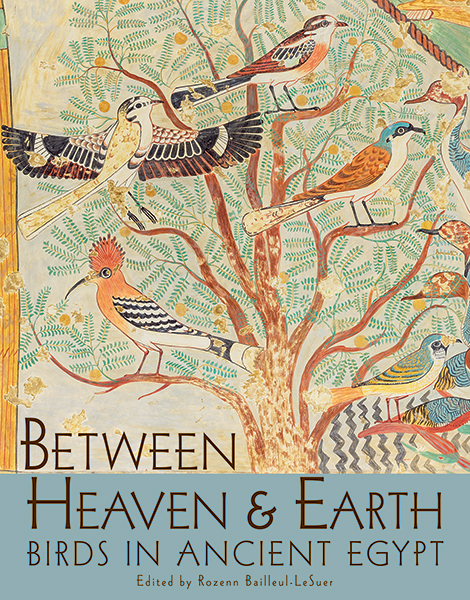
Between Heaven and Earth: Birds in Ancient Egypt
Edited by Rozenn Bailleul-LeSuer (Chicago: The Oriental Institute of the University of Chicago, 2012), 232 pp., $29.95 (paperback)
The Nile river, the lifeblood of ancient Egypt, turned a strip of the Sahara into an oasis, enabling agriculture to thrive and creating a habitat for birds. Bird imagery, overflowing with symbolism, permeated all levels of society in Egypt. With colorful illustrations of Egyptian paintings, pottery and wall carvings depicting birds—as well as photographs of birds and bird mummies—Between Heaven and Earth: Birds in Ancient Egypt, edited by Rozenn Bailleul-LeSuer, brings this avifauna of ancient Egypt to life.
Bridging the worlds of this life and the next—earth and heaven—birds were viewed as special beings that could transverse between these realms. Not only were they regarded as messengers of the divine, but it was believed that they also housed the souls of the blessed dead, thus becoming a symbol of hope for the afterlife. The Pharaoh himself was depicted as Horus, the falcon god. Other gods were portrayed as birds, too—like Thoth represented with the head of an ibis.
Birds even made it into the hieroglyphic writing system.
Already a library member? Log in here.
Institution user? Log in with your IP address.

